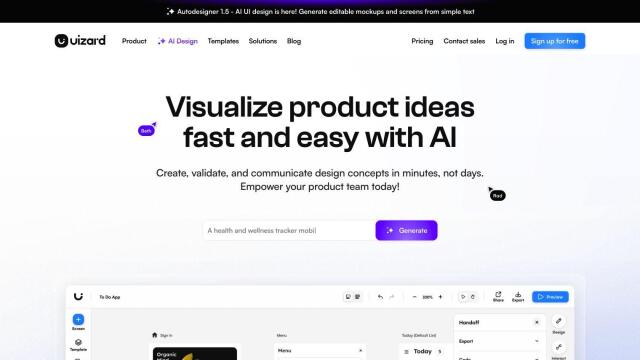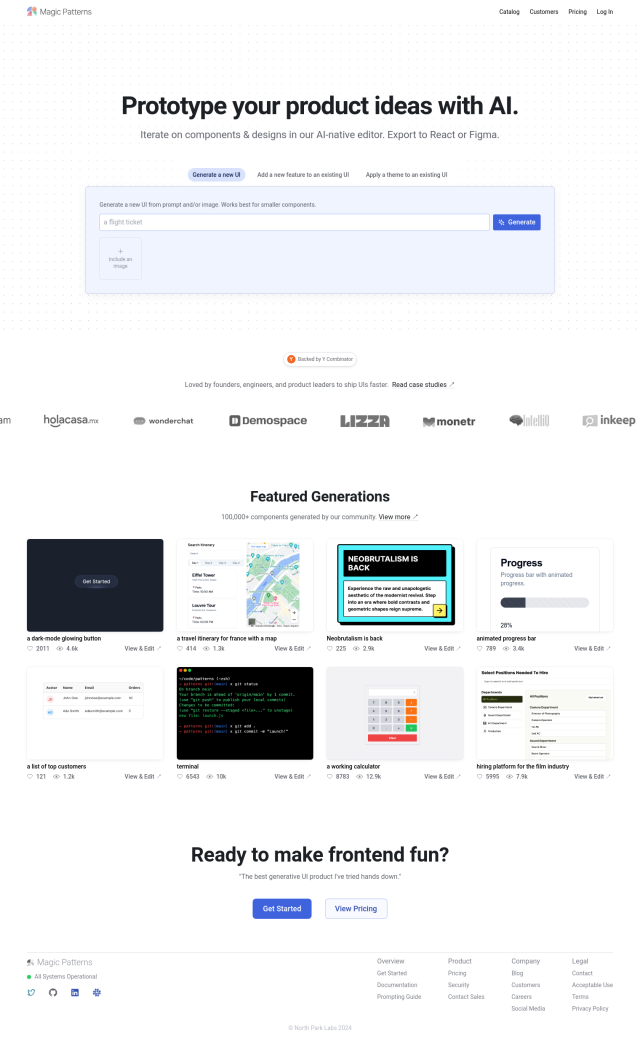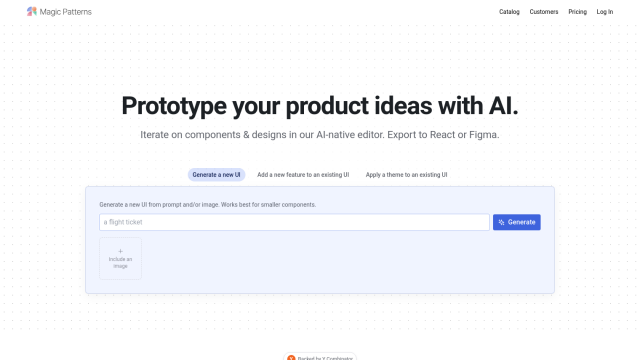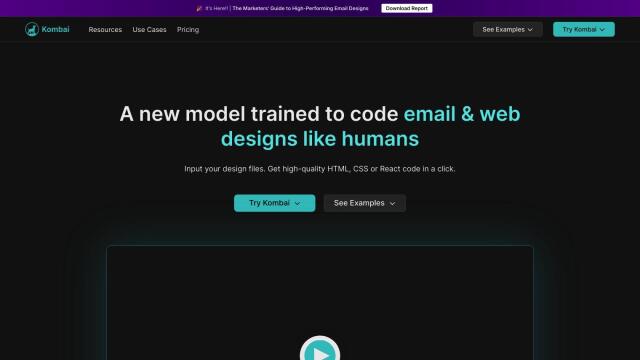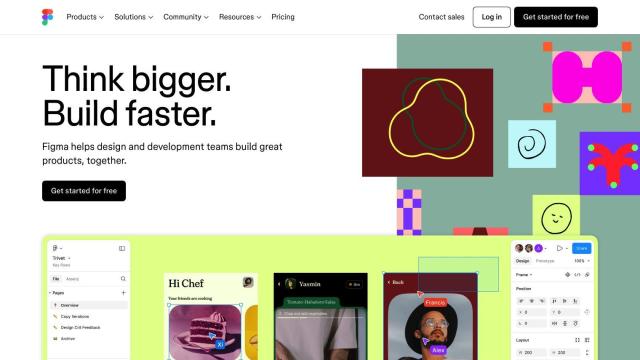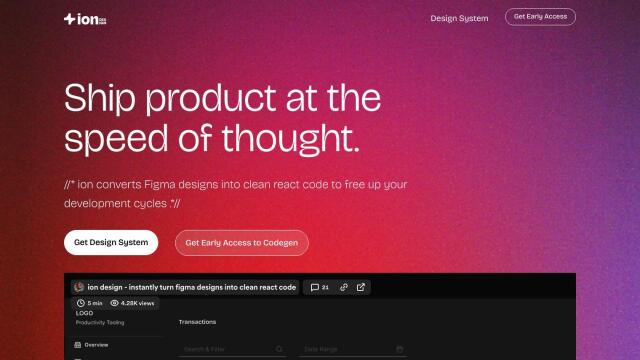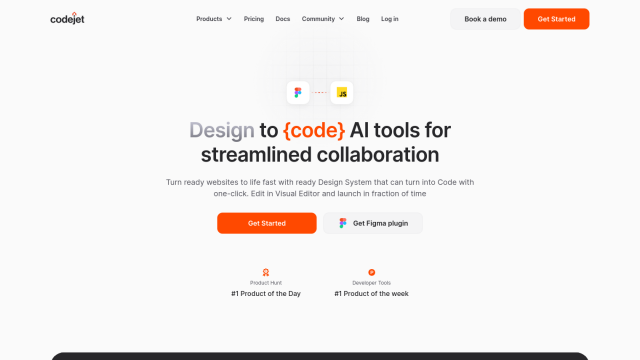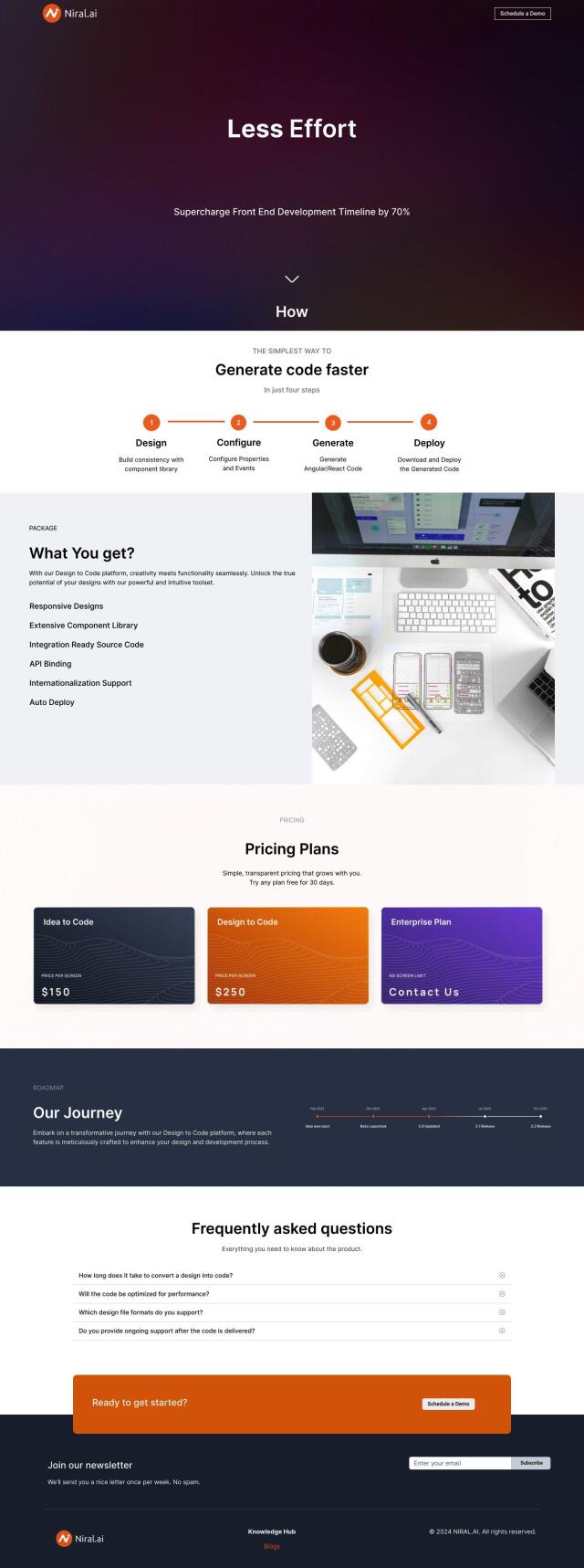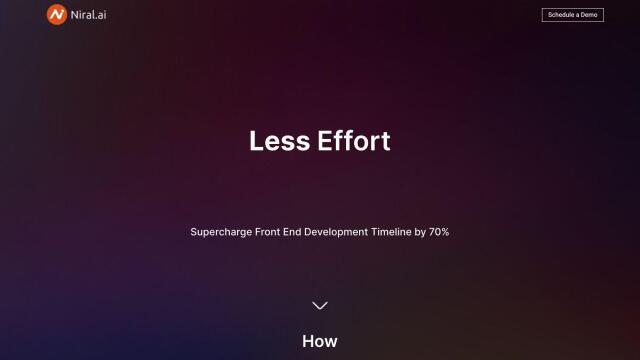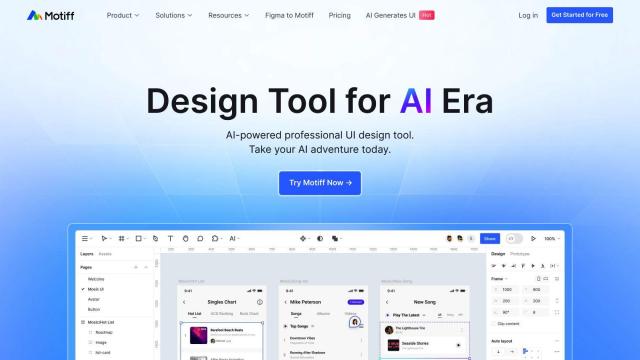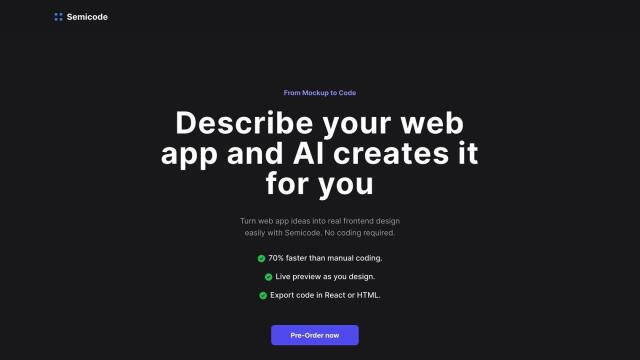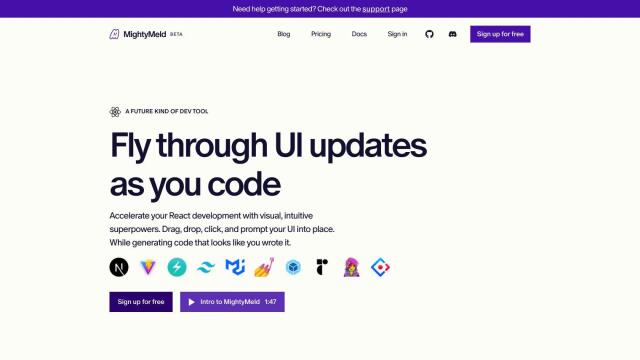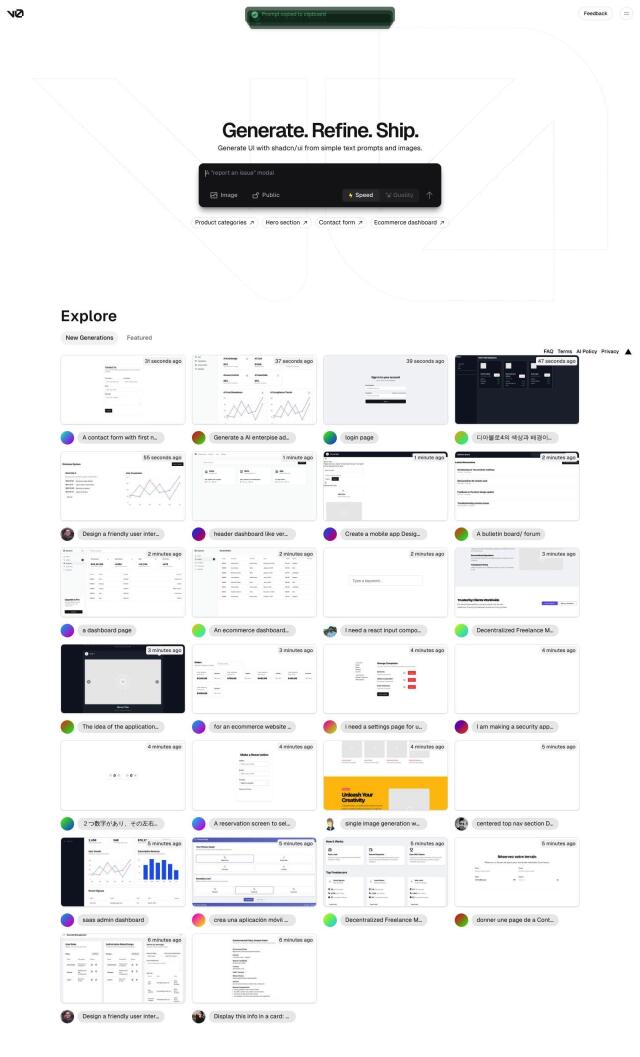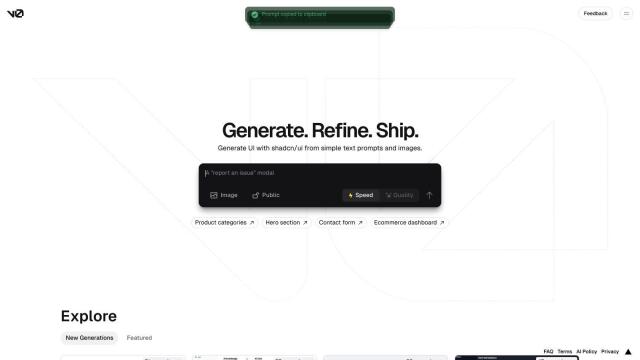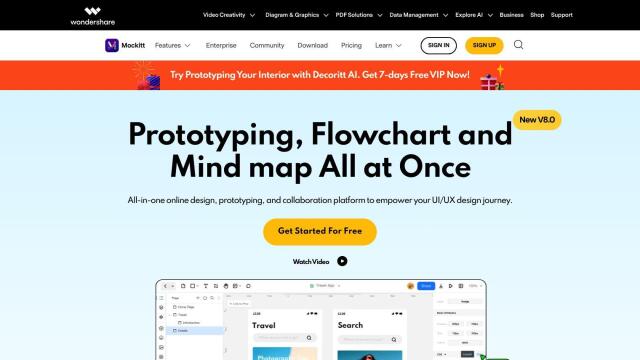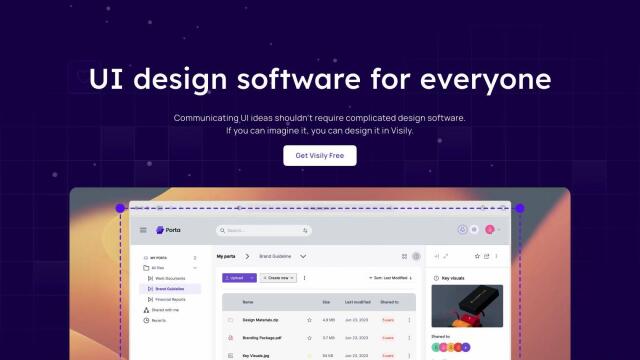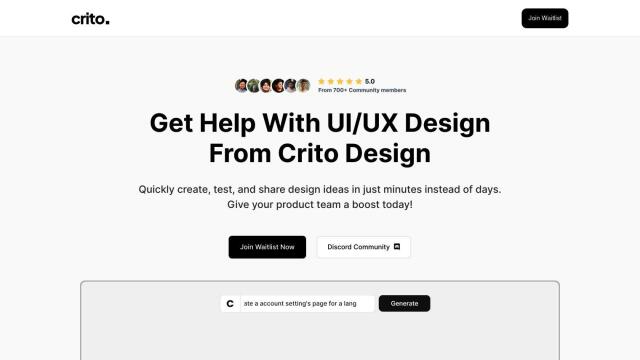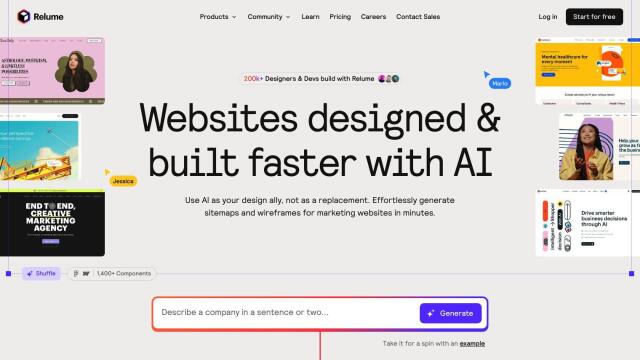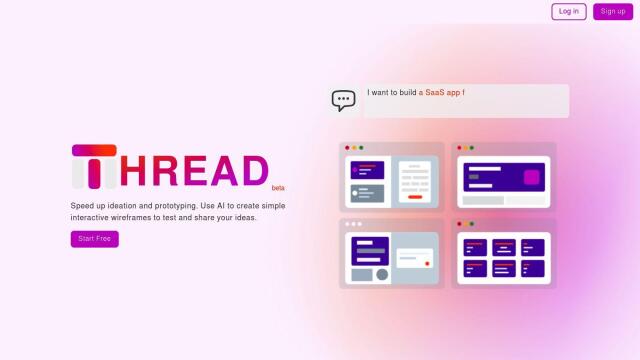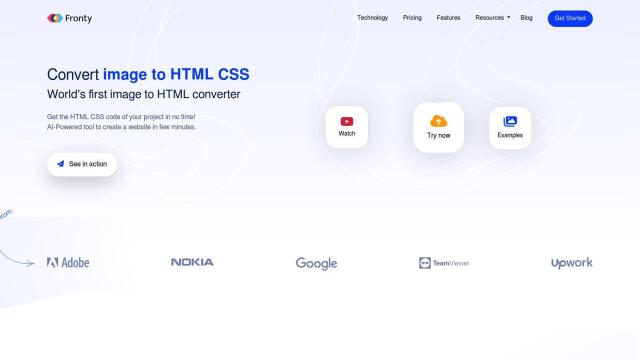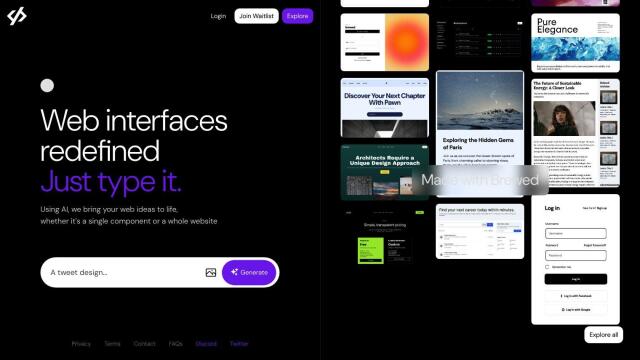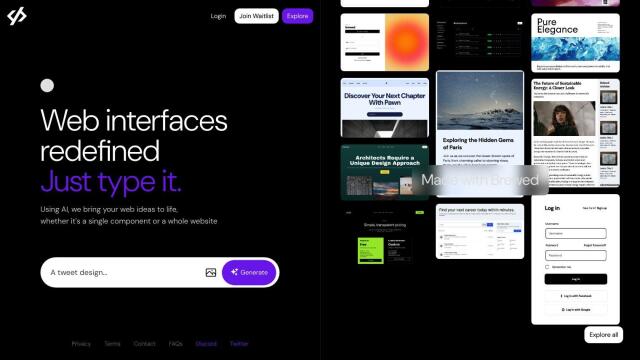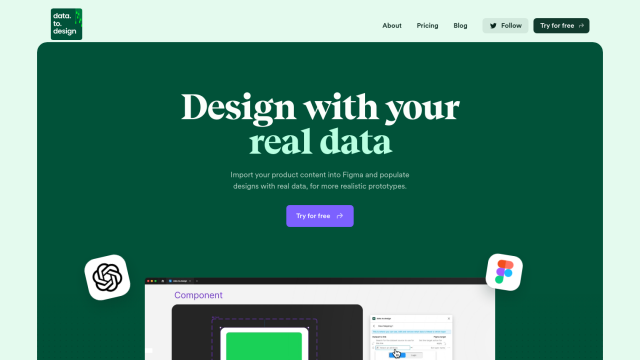Question: Is there a design tool that offers real-time iterations and customizable frameworks for frontend development?

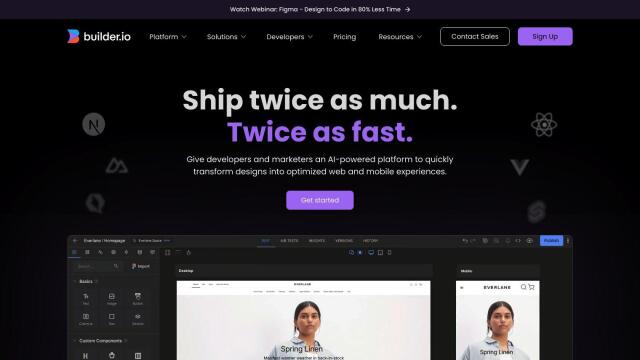
Builder.io
For a design tool that lets you iterate in real time and that provides a framework you can customize for frontend development, Builder.io is a good option. It lets developers and marketers quickly turn Figma designs into web and mobile apps with AI-generated code. It comes with a Visual Copilot for refining AI-generated code with iterative improvements, a drag-and-drop visual editor for real-time collaboration, and support for frameworks like React, Vue and Angular. That makes it a good choice for teams that want to accelerate their development workflow.

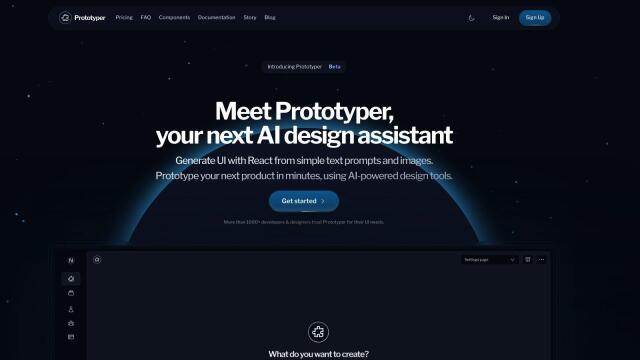
Prototyper
Another good option is Prototyper, a generative UI platform that uses AI to rapidly create and test user interfaces. It can generate React code based on text prompts and images, iterate in real time, and support frameworks like React and Tailwind CSS. It also has collaboration tools and direct publishing to the web, so it's good for designers and for enterprise teams.
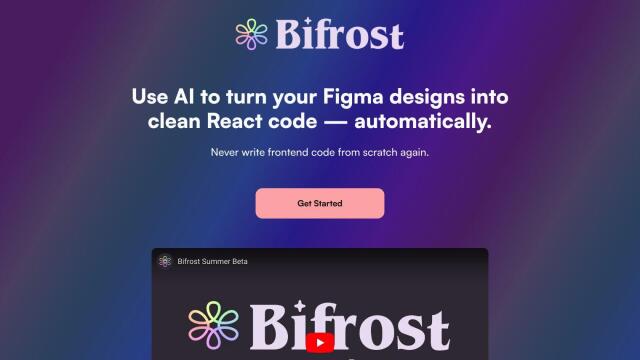
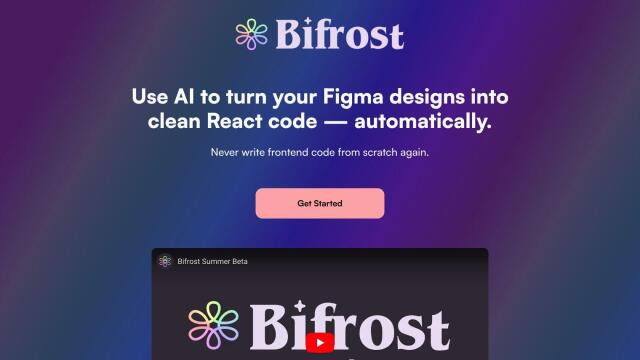
Bifrost
Bifrost is also worth a look, automating the process of turning Figma designs into clean, type-safe React code. It supports popular frameworks like Tailwind and Chakra, lets you easily update components, and cuts down on mundane coding tasks. That makes it a good choice for developers and designers who want to concentrate on high-impact features and rapid design iteration.
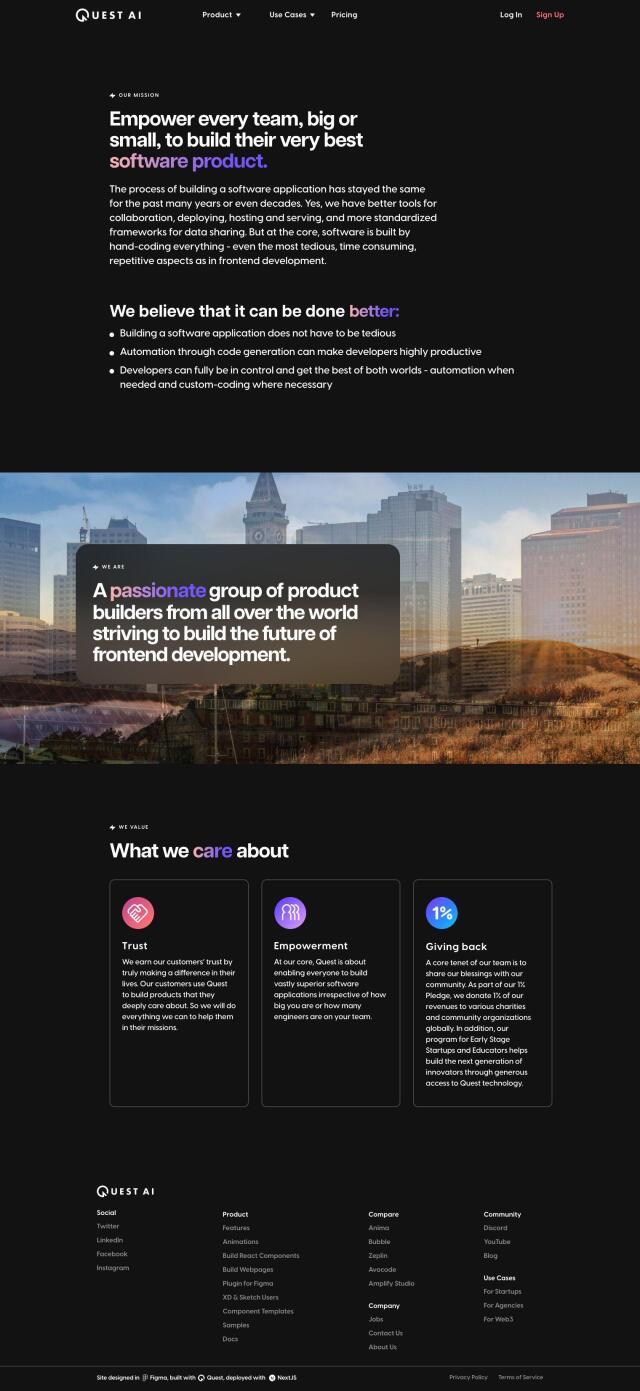
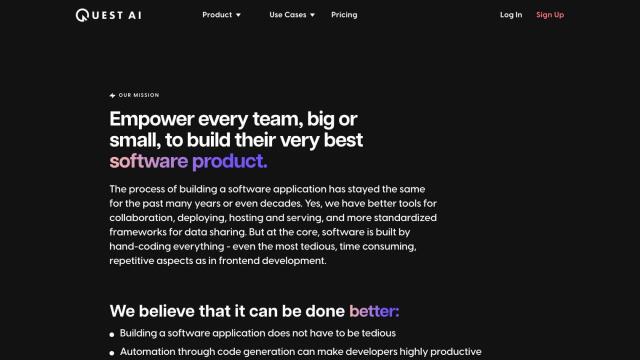
Quest
Finally, Quest is a powerful tool for turning Figma designs into React components. It automates the creation of responsive, multi-screen experiences with clean, modular code and includes tools like design systems, component libraries and version control. It's designed for development teams, with collaboration tools and a wealth of templates and components to get you started.

